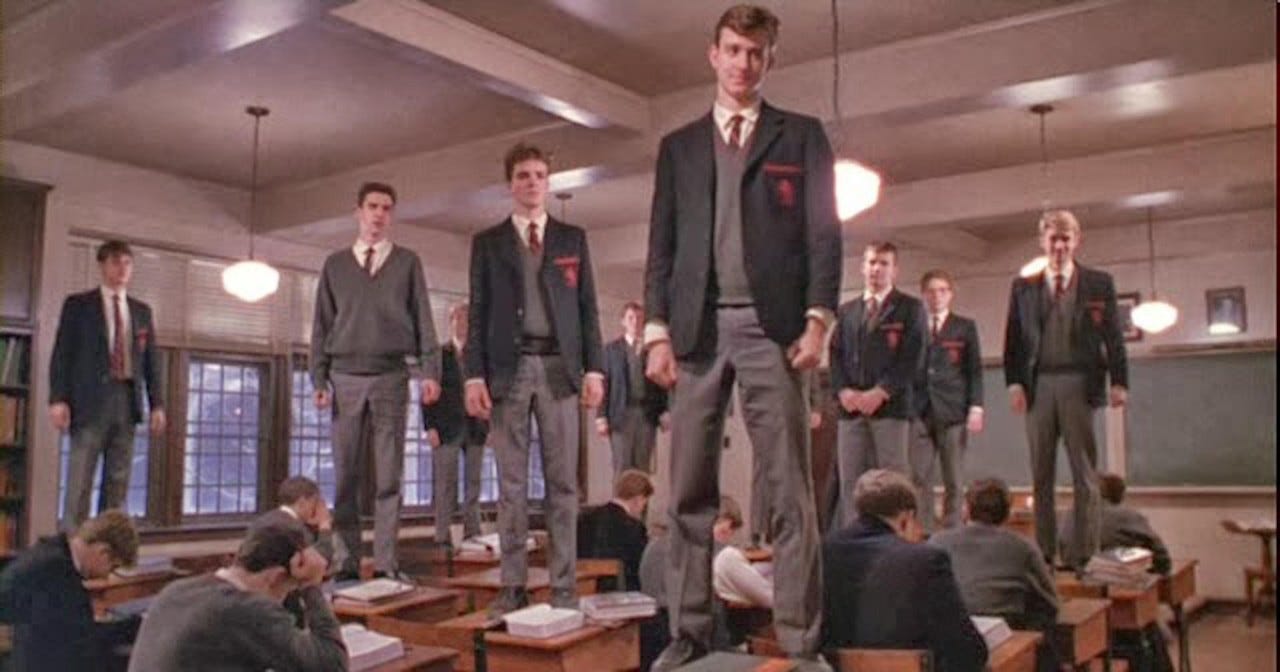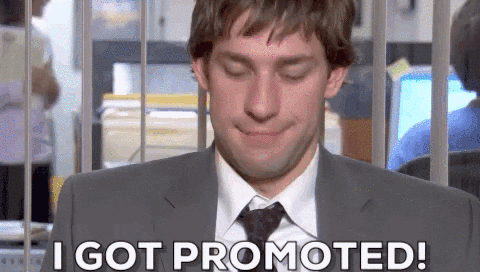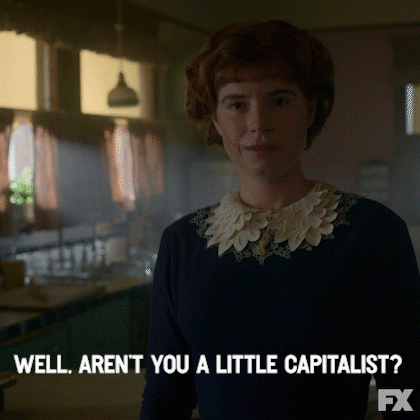Keep your enemies close and the people you want a job from… further
How “an arm’s length away” may be the best distance to score a promotion from.
I struggle with holding multiple close relationships at once. My social sphere consists of a group of people I can count on one hand whom I’m extremely close to, and then a wide swath of acquaintances. I’ve been ashamed, embarrassed, and talked to my therapist about my (perceived) lack of close relationships. But according to LinkedIn’s new study, I’ve never been more aptly positioned to score a promotion.
Do you sometimes forget that LinkedIn is a social network? Because I do. But, hot take, I feel like it’s the one social network that isn’t as susceptible to the trend cycle like Facebook, Instagram, and TikTok are. Maybe it isn’t as much of a hot take. There are probably researchers out there who have documented this finding and I’m simply not adequately equipped in the act of sifting through the weeds of academia. I’m looking at you, Jstor.
If my hot take is true, and LinkedIn isn’t as susceptible to the trend cycle, it’s probably because we value the need of finding a job more than we value the need of finding a friend. Capitalism is cheery, isn’t it?
But LinkedIn is still a social network at its core. And just like you get friend requests on Facebook, LinkedIn also has an algorithm in place for suggesting “People You May Know.” If you’re a LinkedIn user you’ve probably utilized the feature, scrolling through faces you once saw do a keg stand at 11am now dressed in a suit and smiling in front of a neutral yet formidable background.
But apparently, from 2015 to 2019, the people you saw during that scroll may not have been the people I saw during that scroll, even if we looped around the same social circles. LinkedIn engaged in a long-scale study, unbeknownst to its users. LinkedIn didn’t actually breach any of their privacy policies in doing so; these types of studies, known as A/B Testing, are enacted by many tech companies to test different features on two groups: group A and group B.
The kicker is that when the NYTimes tests two different headlines unbeknownst to its users, the implications are simply that I think they used a semicolon and you think, “what semicolon?” But when LinkedIn tests the type of people they recommend to their users under “People You May Know” I could connect with my future colleague who gets me my dream job, and you… well you might be left still thinking about that semicolon.
In the study, LinkedIn suggested more close acquaintances to the people in group A and more removed acquaintances to the people in group B. A person in group A might have been suggested to connect with someone they have 63 shared connections with, likely a close college friend. While a person in group B might have been suggested to connect with someone they only have 14 shared connections with, maybe a friend of a friend they vaguely recall seeing do a keg stand at 11am once.
Hearing this, what group do you think had the most career related success? A, someone who was LinkedIn connected to all of their friends from high school, college, and beyond? Or B, someone who was connected to some college friends, but also a whole lot of relatively random people?
If you guessed A I wouldn’t fault you. I also guessed A when I first read through these articles. Connections are everything, I thought. My lack of close connections is my downfall, I lamented to my therapist.
This LinkedIn study was largely a test of the theory called “the strength of weak ties.” And if you read every single academic piece I link today let me know and I’ll give you a prize because I realize I’m belaboring you with abstracts and footnotes.

The strength of weak ties states that more success is to be had at an arm’s length than not. That watching that guy do a keg stand at 11am was more formative to your later career success than finding your soulmate over a game of catan.
And the LinkedIn study supplied evidence for the strength of weak ties. The researchers at LinkedIn found that relatively weak social ties were twice as effective in securing employment than stronger social ties.
The adage, “don’t work with your friends” comes to mind here. If you had a job to give, and your best friend was qualified for that job, and an acquaintance you were introduced to by another friend was just as qualified, would you give the job to your best friend or to the acquaintance? The LinkedIn study bolsters the idea that most job-givers are withholding jobs from their best friends.
What I find most interesting about LinkedIn is the evolution it's taken as of late. Because it's not as susceptible to the love-it-then-dump-it trend cycle of Facebook, Instagram, and TikTok, LinkedIn seems to be doing this wild thing as of late called… evolving. Instagram started out as the spot on the Internet to post the curated version of one’s life, and it's remained that way, dying a slow death as the “vulnerable and real” TikTok grows in Instagram’s place. But because we value the need of finding a job more than we value the need of finding a friend, LinkedIn has taken a page from TikTok’s vulnerability book and slapped it onto its homepage.
More and more I’ve noticed honest expressions of job insecurity on LinkedIn, emotional insights into the tribulations of entrepreneurship; you can even find this newsletter posted in part on LinkedIn by yours truly. Gone are the curated feeds of people solely posting about their new positions. Vulnerability is front and center.
Hey, you know what the curated highlight reel reminds me of?







Hey, as someone who is seeking to find a new job through Linkedin, I'm grateful for your post.